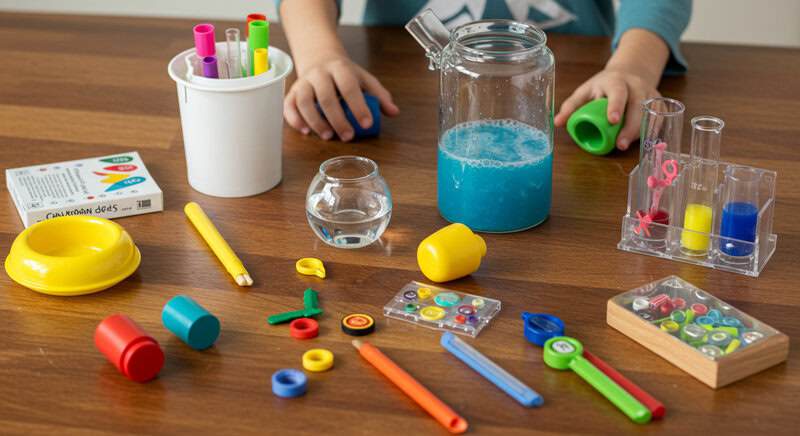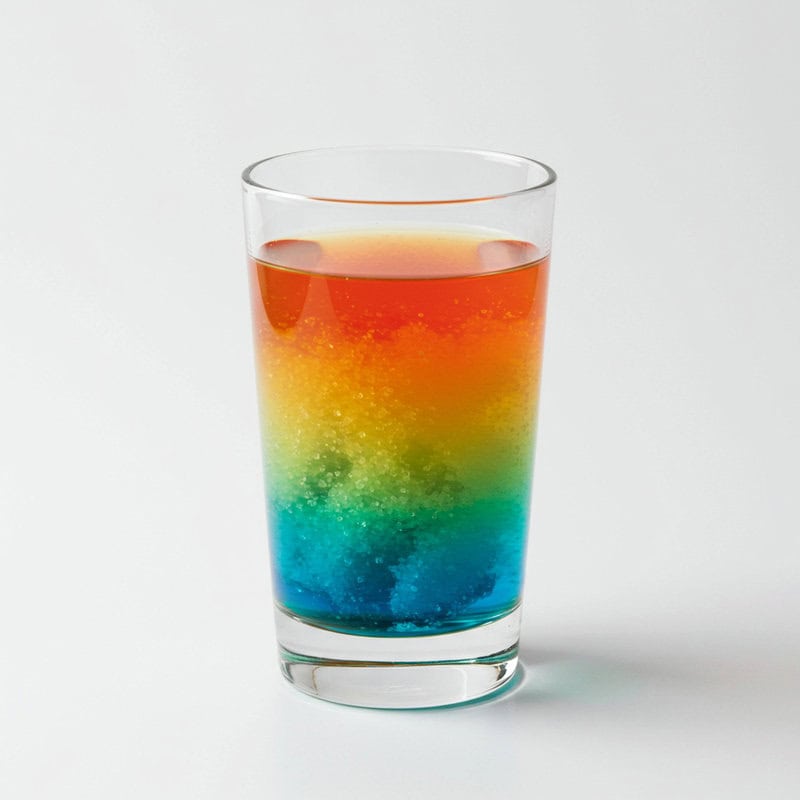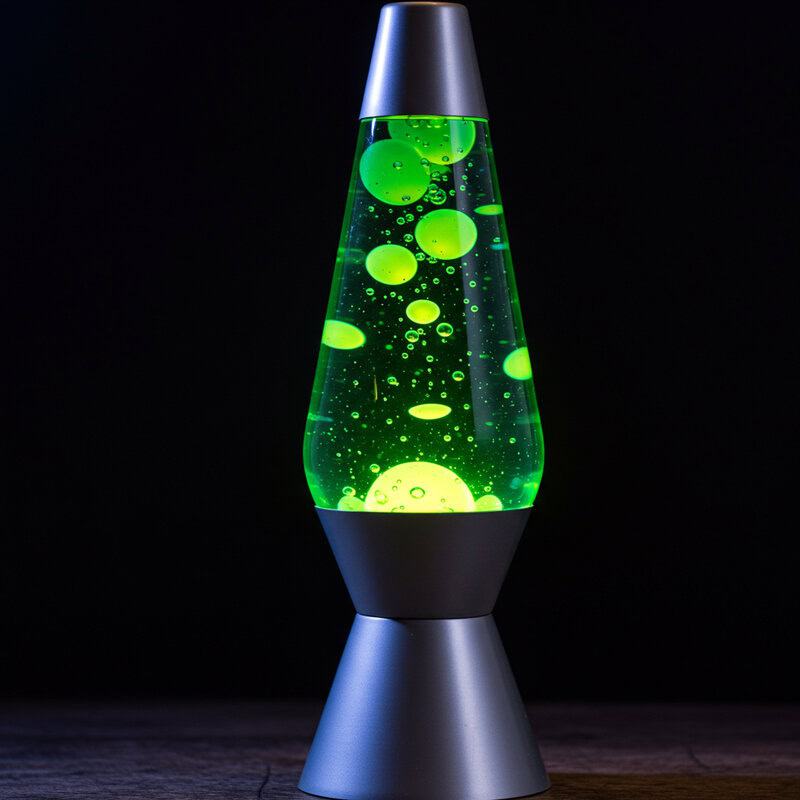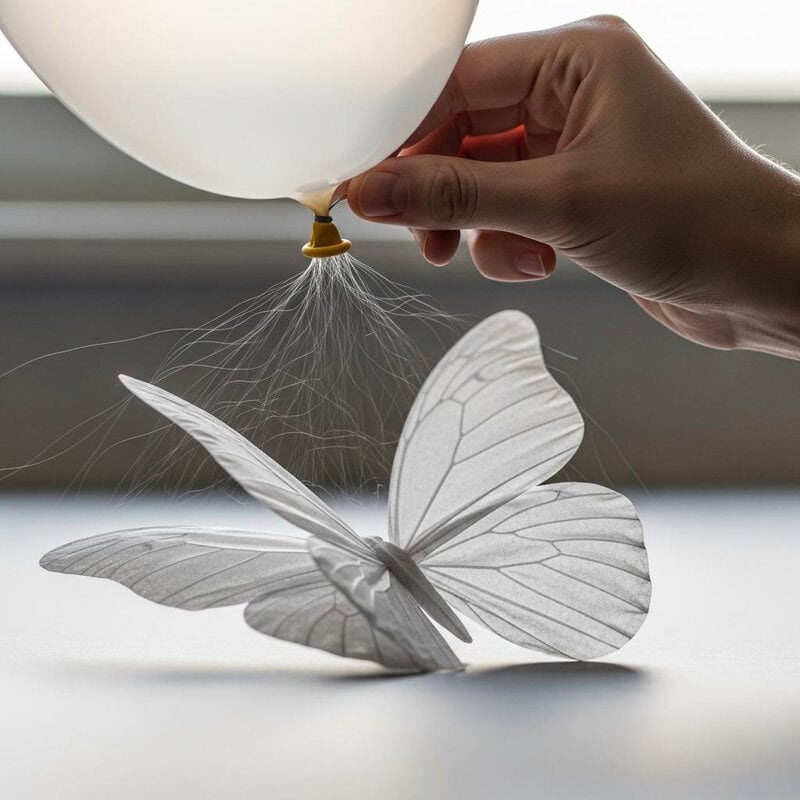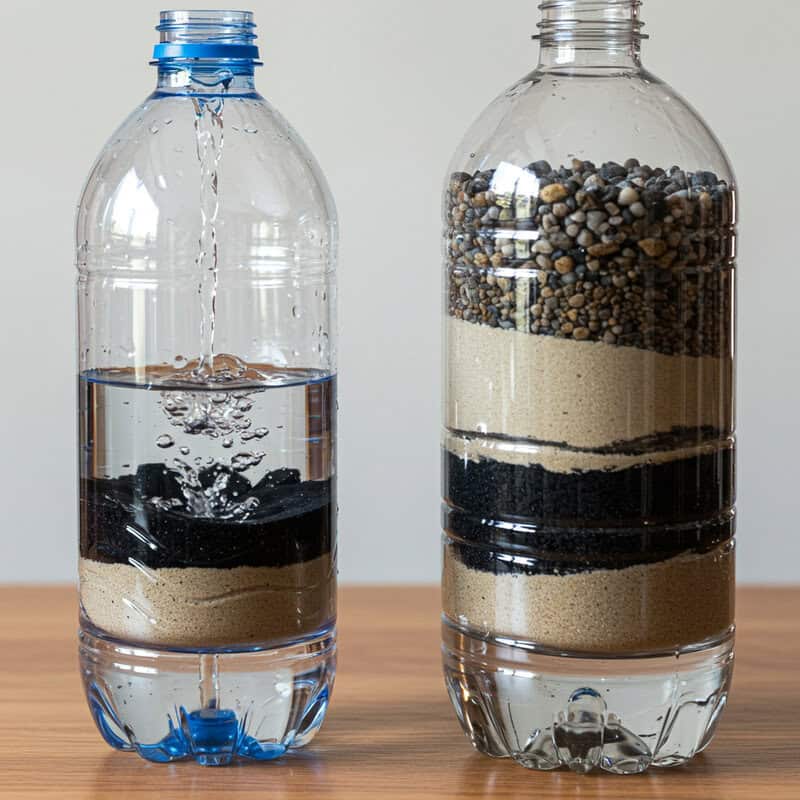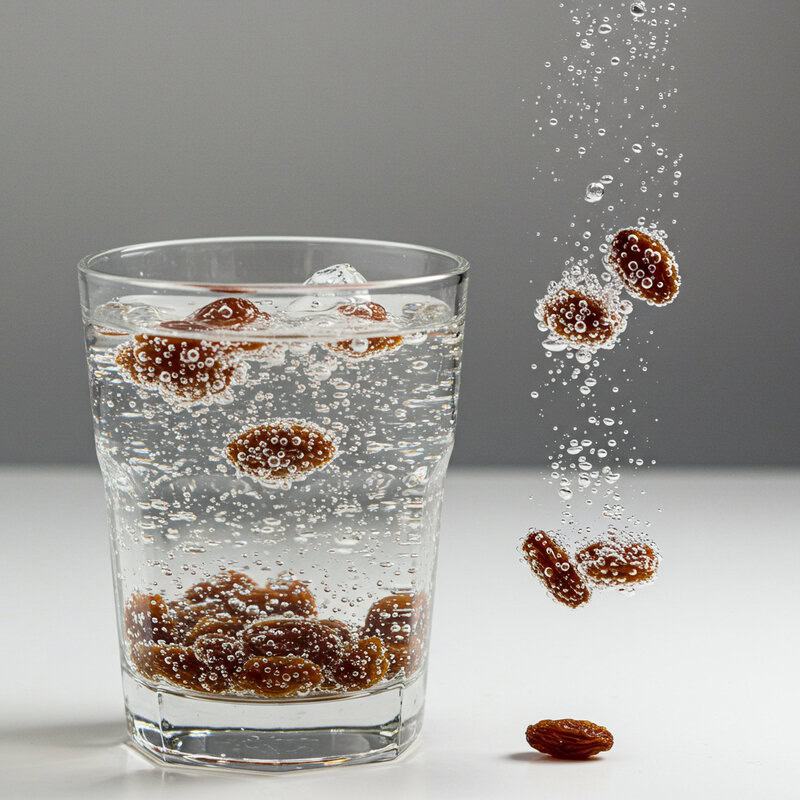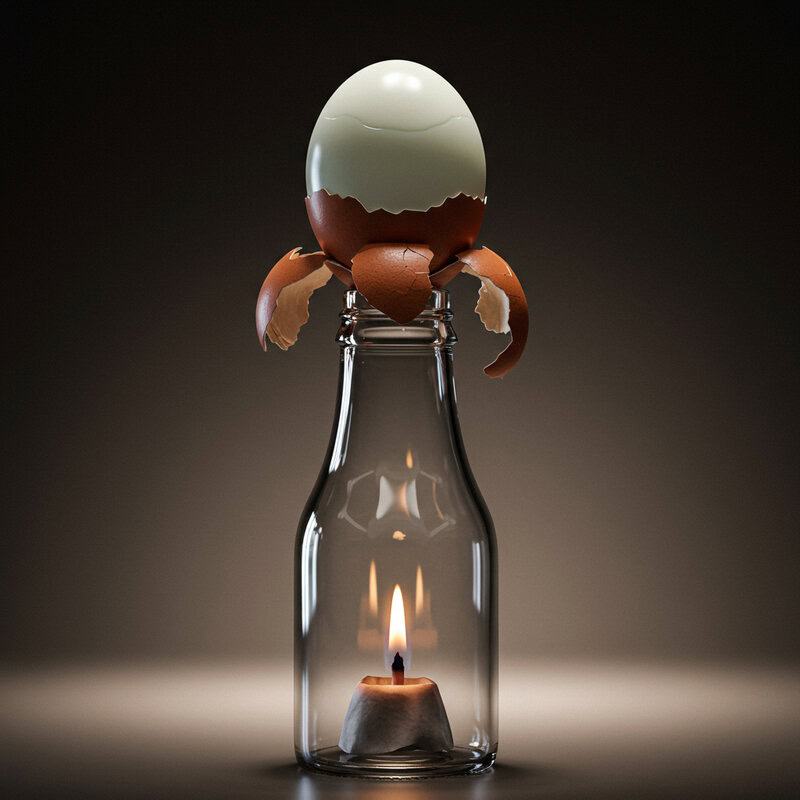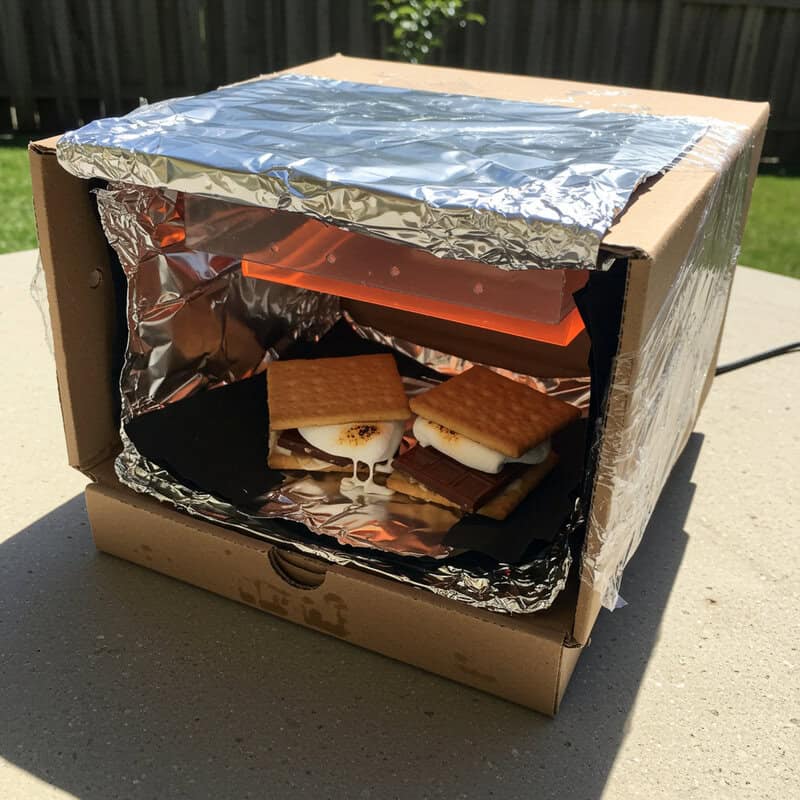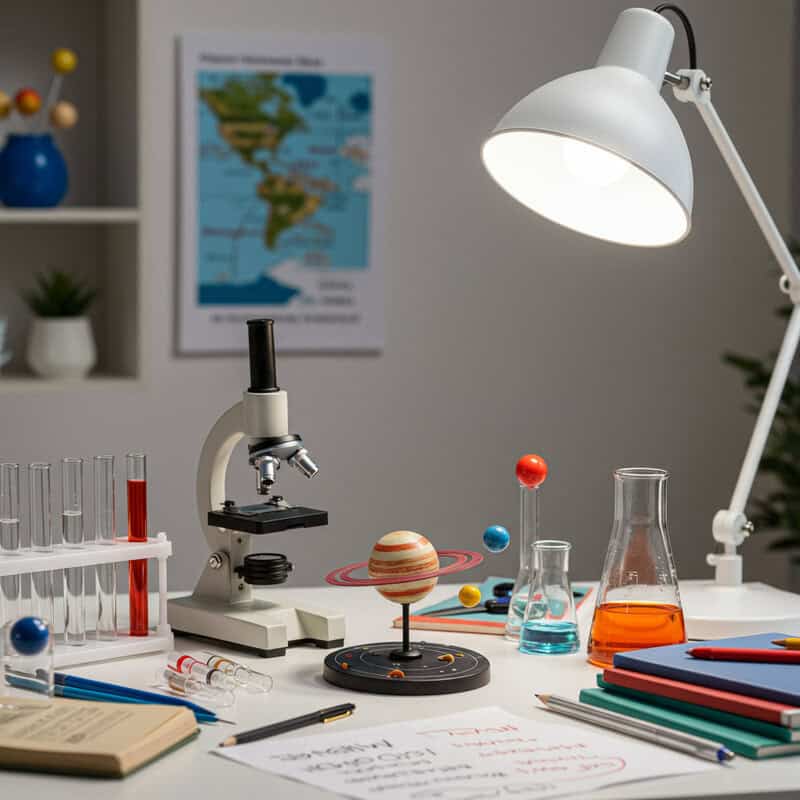2. Invisible Ink Messages
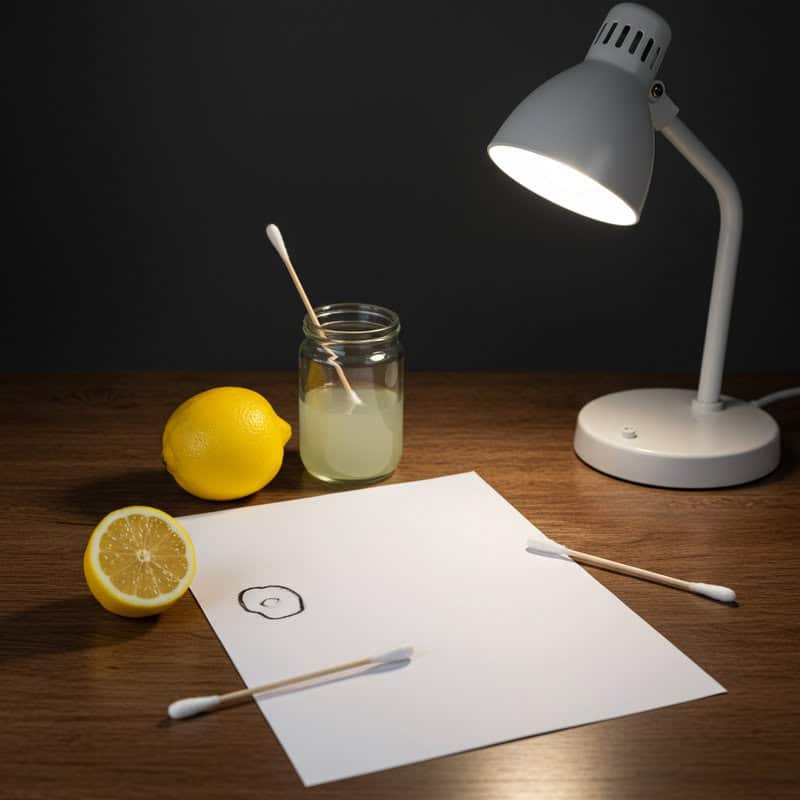
Unlock the mystery of secret communication by creating invisible ink with lemon juice! Simply dip a cotton swab in lemon juice and write a message on white paper. After it dries, gently heat the paper with a lamp or iron (adult supervision required) to reveal the hidden words.
This experiment works because the acid in lemon juice oxidizes and turns brown when heated. Try comparing lemon juice with other household acids like vinegar or orange juice for different effects. Discover more about the science behind invisible ink at Scientific American’s invisible ink experiment.

